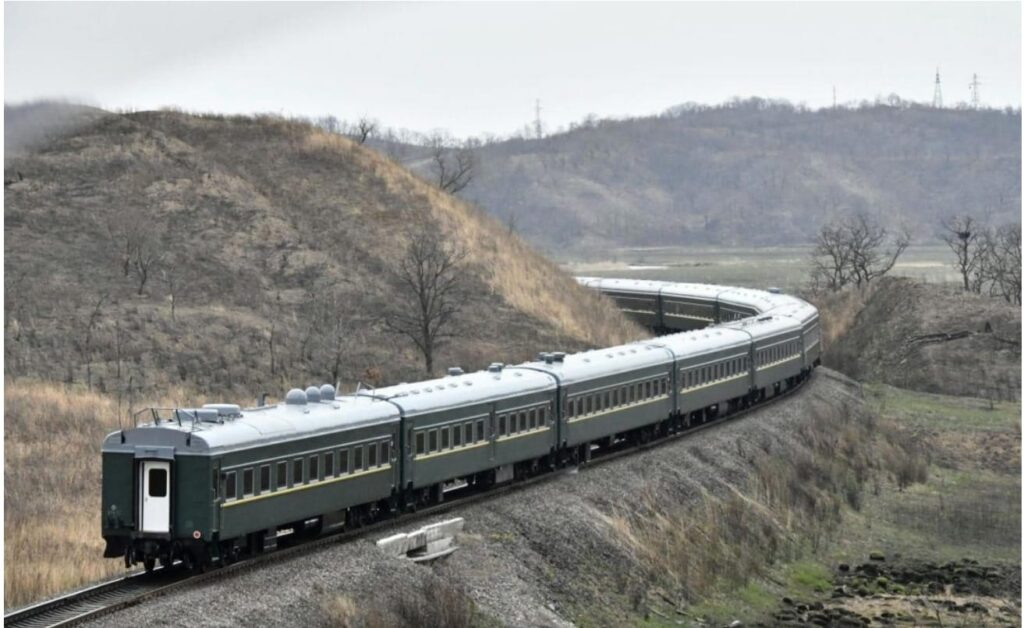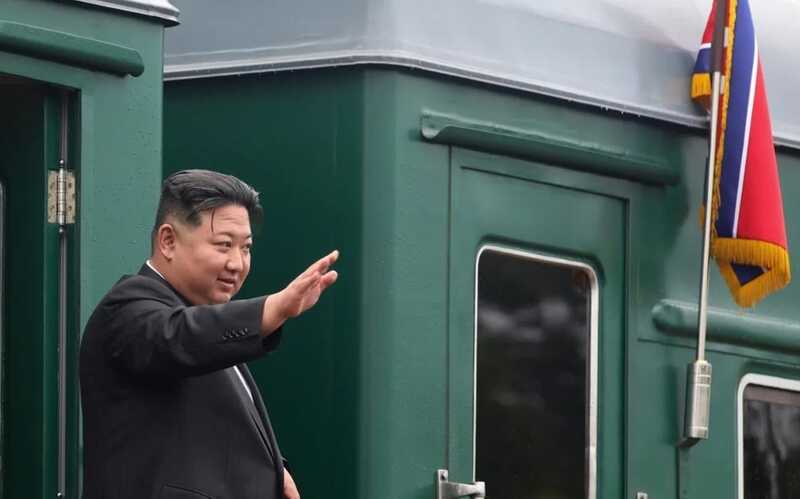Article Today, North Korea:
North Korean leader Kim Jong Un has once again chosen his armoured train for an overseas journey, this time to China. The train, equipped with missile systems, bomb-resistant technology, and luxury interiors, is described by observers as a moving fortress. With around 90 coaches, the convoy represents both security concerns and political messaging.

Legacy of Rail Diplomacy
The train journey follows a tradition set by Kim’s grandfather Kim Il Sung and father Kim Jong Il, who avoided air travel for security reasons. By choosing a 20-hour train ride over a two-hour flight, Kim signalled both caution and continuity. Analysts view the move as a message of independence, suggesting that North Korea’s leadership will not bow to external pressure. Kim also used the train for earlier trips to Russia in 2023 and China in 2019.
Slow but Strategic
The train moves at a modest speed of about 50 km per hour. For Pyongyang, the pace underscores that safety and strategy matter more than time. The visit to Beijing comes as North Korea seeks to strengthen ties with China and Russia, positioning itself as part of a broader coalition countering U.S. influence in the region. Reports indicate that Kim may join Russian President Vladimir Putin at a military parade in Beijing during the visit.
Luxury on Board
Beyond its defence systems, the train is fitted with extensive comforts. Conference rooms, private bedrooms, and modern communication facilities allow Kim to make strategic decisions en route. The interiors feature leather armchairs, zebra-pattern designs, and dining arrangements that include international cuisine, fine wines, lobsters, and performances by travelling artists. Global media estimate the cost of construction and maintenance of the train at about Rs. 2,400 crore.
Symbolism and Strategy
While the train’s high security remains the practical reason for its use, the symbolism is equally significant. For North Korea, the armoured convoy demonstrates resilience, independence, and continuity of leadership. The journey to Beijing reflects Kim’s dual pursuit of diplomacy and defiance, blending heritage with strategy.



